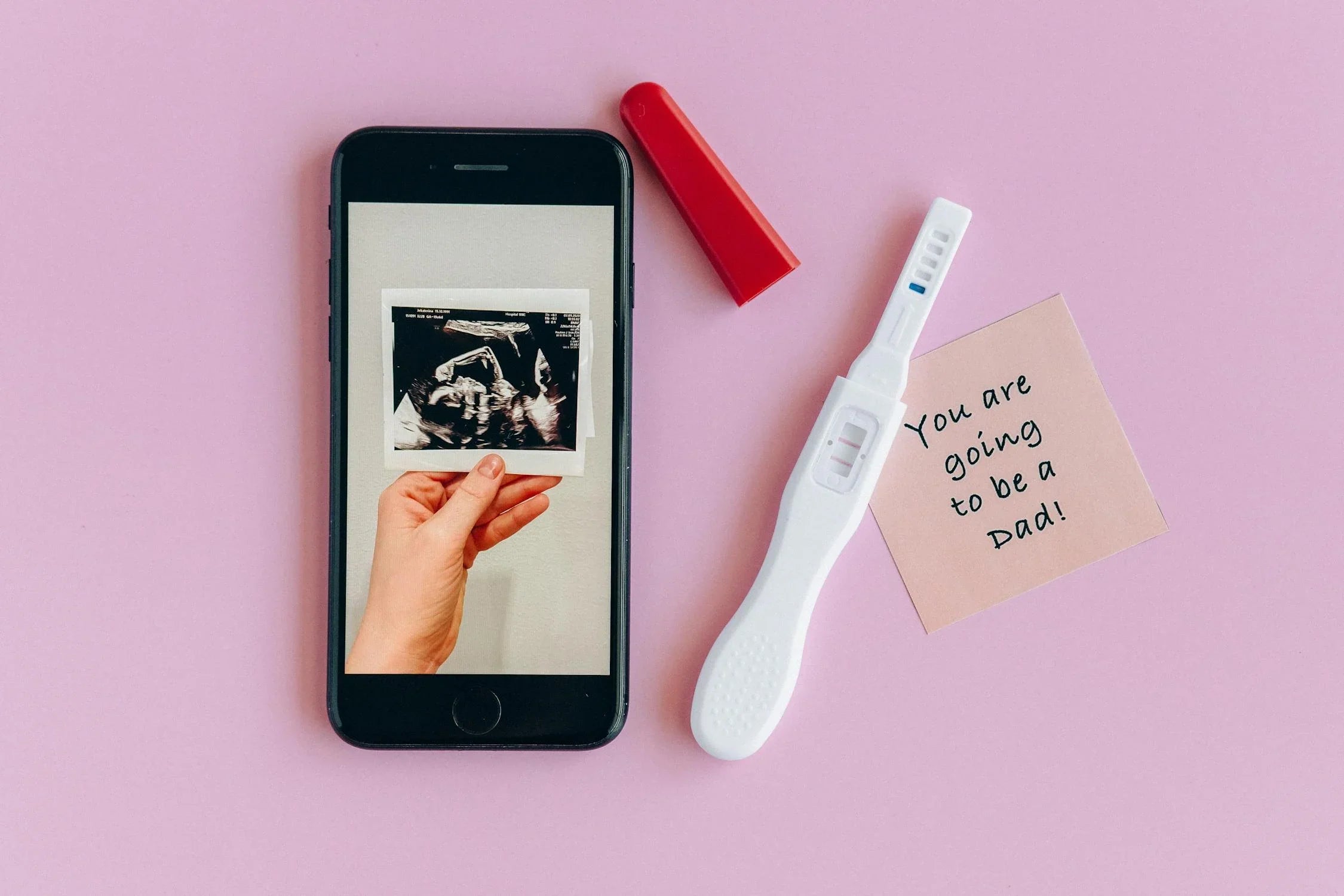Home
Pregnancy, Breastfeeding, and Pumping: The Ultimate Guide for Moms
When Should I Take a Pregnancy Test After Implantation: A Complete Guide

When Should I Take a Pregnancy Test After Implantation: A Complete Guide
When should I take a pregnancy test after implantation? This is a question that many women ask when they suspect they might be pregnant. Understanding the timing and process of implantation is crucial for obtaining accurate results. This article will guide you through everything you need to know about implantation, the best time to take a pregnancy test, and tips for ensuring reliable results.
What is Implantation?
Implantation is the process by which a fertilized egg attaches itself to the lining of the uterus. This typically occurs 6 to 12 days after ovulation. During this time, the body begins to produce the hormone human chorionic gonadotropin (hCG), which is the hormone detected by pregnancy tests.
How Does Implantation Affect Pregnancy Testing?
For a pregnancy test to detect hCG, the hormone must be present in sufficient quantities in the urine or blood. Since hCG levels rise rapidly after implantation, it is essential to wait until after this process has occurred to take a test. Testing too early can result in a false negative, even if you are pregnant.
When Should I Take a Pregnancy Test After Implantation?
The optimal time to take a pregnancy test after implantation is at least 7 to 10 days post-implantation. This allows hCG levels to rise to a detectable level. For most women, this means waiting until the first day of a missed period. However, some highly sensitive tests may detect hCG a few days earlier.
Factors That Influence Test Accuracy
Several factors can affect the accuracy of a pregnancy test, including the sensitivity of the test, the time of day the test is taken, and how well the instructions are followed. Early morning urine typically contains the highest concentration of hCG, making it the best time to test. Additionally, using a test with higher sensitivity can increase the chances of detecting pregnancy earlier.
Types of Pregnancy Tests
There are two main types of pregnancy tests: urine tests and blood tests. Urine tests are the most common and can be done at home. Blood tests, which are performed in a medical setting, can detect pregnancy earlier and provide more precise hCG levels. However, they are not as convenient as home tests.
Signs and Symptoms of Implantation
Some women may experience signs of implantation, such as light spotting, mild cramping, or a slight increase in basal body temperature. However, these symptoms are not universal and can be easily confused with premenstrual symptoms. If you suspect implantation has occurred, it is best to wait a few days before taking a pregnancy test.
Common Mistakes to Avoid
One of the most common mistakes is taking a pregnancy test too early. This can lead to unnecessary stress and confusion. Another mistake is not following the test instructions carefully, which can result in inaccurate results. Always read the instructions thoroughly and wait the recommended amount of time before reading the results.
What to Do If You Get a Negative Result
If you receive a negative result but still suspect you might be pregnant, wait a few days and test again. hCG levels double every 48 to 72 hours, so waiting can increase the likelihood of detecting pregnancy. If you continue to receive negative results but experience pregnancy symptoms, consult a healthcare provider for further evaluation.
When to Consult a Healthcare Provider
If you have taken multiple pregnancy tests with varying results or if you experience unusual symptoms, it is important to consult a healthcare provider. They can perform a blood test or ultrasound to confirm pregnancy and rule out any complications.
Tips for Maximizing Test Accuracy
To ensure the most accurate results, follow these tips: use a highly sensitive test, test with first-morning urine, read the instructions carefully, and wait the recommended amount of time before reading the results. Additionally, avoid drinking excessive fluids before testing, as this can dilute hCG levels in the urine.
Understanding False Positives and False Negatives
False positives and false negatives can occur for various reasons. False positives may be caused by certain medications or medical conditions, while false negatives are often the result of testing too early or not following instructions properly. Understanding these possibilities can help you interpret your results more accurately.
Emotional Considerations
Waiting to take a pregnancy test can be an emotional time. It is important to manage stress and anxiety during this period. Surround yourself with supportive people, engage in relaxing activities, and remind yourself that whatever the result, you are taking the right steps for your health and well-being.
Next Steps After a Positive Test
If you receive a positive pregnancy test result, the next step is to schedule an appointment with a healthcare provider. They can confirm the pregnancy, estimate the due date, and provide guidance on prenatal care. Early prenatal care is essential for a healthy pregnancy.
Planning for the Future
Whether you are trying to conceive or suspect an unplanned pregnancy, understanding when to take a pregnancy test after implantation is crucial. Proper timing and accurate testing can provide the information you need to make informed decisions about your health and future.
Knowing when to take a pregnancy test after implantation can make all the difference in obtaining accurate results. By understanding the process, timing, and factors that influence test accuracy, you can approach this important moment with confidence and clarity. Take the first step today and empower yourself with the knowledge you need for a healthy future.
Share
